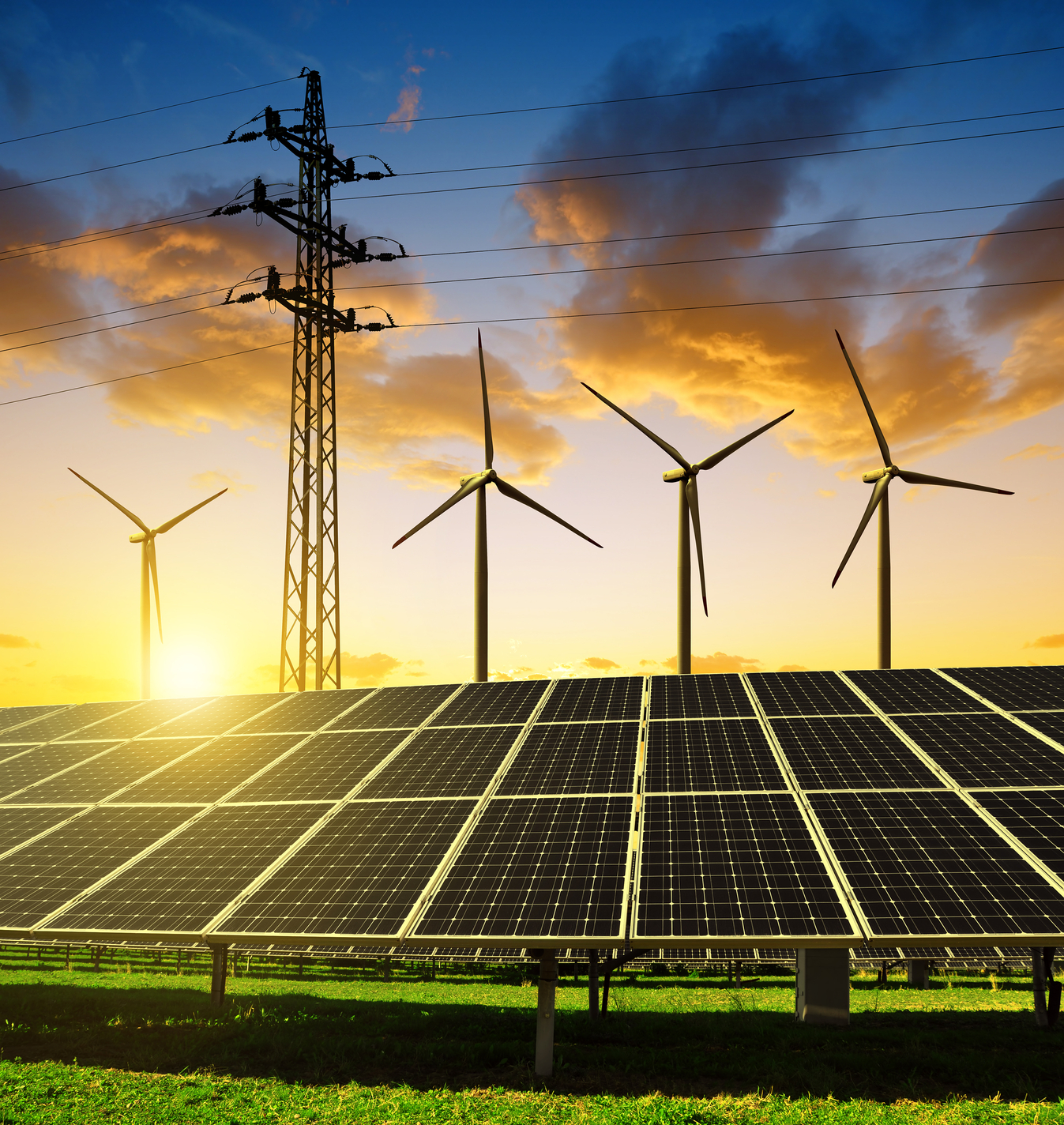Jorgen Thomsen, Director of Climate Solutions, discusses the consequences of a warming climate, momentum around energy policy, and MacArthur’s strategy.
When I think of the direction of travel for the climate, there is one word that comes to mind: transition. We are in a major global transition. Globally, we have just witnessed the hottest summer on record. And we likely will see the hottest year on record, too. Droughts, forest fires, and major storms have intensified, and we now see devastating climate impacts in areas we never expected. For example, this year, 25 million acres of Canadian boreal forest burned. We have never seen anything like it before. The increase in deadly heat waves is another example. Once in a few places, now seemingly everywhere, heat waves are hitting many countries in Europe and turning seasons upside down in several countries in Latin America.
What’s more, a new study revealed that the richest one percent of the world’s population generated as much carbon pollution in 2019 as the poorest 66 percent. The outsized emissions by the richest one percent will cause 1.3 million heat-related excess deaths. Most of these deaths will occur in this decade.
We very likely will exceed a 1.5-degree Celsius increase in global temperature this decade. We only stand a 13 percent chance of not overshooting that threshold. Discussion of adaptation measures and resiliency is now mainstream. The line between climate mitigation and adaptation is disappearing because climate change is real, and we all see it, feel it, and smell it. This year the sky was yellow and orange in Chicago where MacArthur is headquartered, and we could smell the burning forests in Canada, even if the closest fires were a thousand miles away.
According to a new analysis, the ongoing destruction of nature by climate change, overexploitation, and pollution could lead to a “biodiversity catastrophe” by mid-century if we do not tackle the drivers of nature loss. Shocking new data from Peru document that the country has lost over half of its tropical glaciers in the last six decades, and with them over half of the country’s water reserves. Astonishingly, 175 glaciers disappeared between 2016 and 2020.
That is a lot to absorb, but there is a more positive transition worldwide in energy policy. The entrenched power of the fossil fuel industry is certainly still felt, but the clean energy transition is inevitable. It is a matter of time. We must ensure that this transition, which is a positive response to the climate crisis, is just and fair for people, particularly individuals and communities that are already marginalized. We must ensure that the wrongs of the fossil fuel economy are not repeated by the clean energy economy.
The positive examples of the clean energy transition are growing every day. In the Indian state of Gujarat, the government has its eyes set on the future of energy. Of the state’s 22 gigawatts (GW) of installed renewable energy, half has been developed in just the last four years. But the Gujarat government’s newly launched Renewable Energy Policy provides a framework for increasing this capacity to 36 GW of solar capacity and 143 GW of wind capacity. If the financing for that comes together, that is massive.
During the 2023 climate Conference of Parties in Dubai, the United States announced that the Environmental Protection Agency had finalized tougher clean air standards that now include protective limits on methane pollution from both new and existing oil and gas sources. The U.S. oil and gas industry, the world’s largest producer, emits 16 million metric tons of methane annually, which is equivalent to the same near-term climate impact as 350 coal-fired power plants.
Finally, the MacArthur Foundation is also in transition. We are inching closer to the endpoint of the Climate Solutions strategy. As a Big Bet, the Foundation’s climate strategy was time-limited from the outset, and we are now three years away from sunsetting the strategy at the end of 2026. Inevitably, this is changing our grantmaking, and we are beginning to focus on what will be the legacy of the strategy.
We hope that one of the legacies we leave is a lasting focus on equity as the world moves to a decarbonized economy. All major transitions have trade-offs. The energy transition is no exception. It will necessarily dislocate workers, capital, and the practices that govern finance and business operations.
As we approach the last few years of the Climate Solutions strategy, we will continue to re-define climate solutions around equity and development outcomes, and we will strengthen the voices and agency of those who are most impacted by the climate crisis and the transition to a fossil-free economy. We remain convinced that equity considerations in energy policy can vastly raise any country’s emissions reduction ambition by recognizing the interconnectedness between improvements in livelihoods and a stable climate.
As we look past 2026, it is premature to say what the Foundation’s strategic focus might be. But rest assured, we remain committed to solving the climate crisis and to a greener future for us all.




